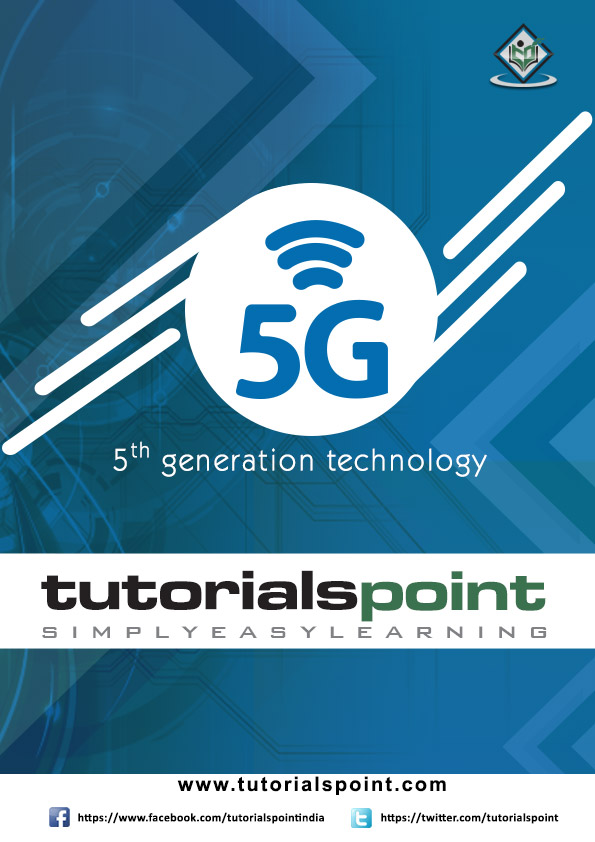
5g Mobile Technology Pdf Free Download
5g Wireless Technology Seminar Report.pdf Free Download Here 5G TECHNOLOGY - Seminar Topics: Computer Science, IT. The 5G Mobile and Wireless Communications system Dr. Afif Osseiran, Ericsson. Examples of 5G Technology Components. Introduction: Major 5G Activities.
This book reports on the latest advances in the modeling, analysis and efficient management of information in Internet of Things (IoT) applications in the context of 5G access technologies. It presents cutting-edge applications made possible by the implementation of femtocell networks and millimeter wave communications solutions, examining them from the perspective of the universally and constantly connected IoT.
Moreover, it describes novel architectural approaches to the IoT and presents the new framework possibilities offered by 5G mobile networks, including middleware requirements, node-centrality and the location of extensive functionalities at the edge. By providing researchers and professionals with a timely snapshot of emerging mobile communication systems, and highlighting the main pitfalls and potential solutions, the book fills an important gap in the literature and will foster the further developments of 5G hosting IoT devices. 5th Generation Wireless Systems Body And Sensor Networks Cognitive Radio Networks Resource Manipulation In Mobile Peer-To-Peer Systems Content-Centric Networking (Ccn) Mm-Wave Band Large-Scale Highly-Dense Networks Data Control And Fusion Rfh M2m Communications Femtocell Access Points (Faps) Social Internet Of Things (Siot) Network Navigability Microgrid State Estimation Iot Cloudification Data Dissemination In Opportunistic Networks 5g-Based Iot Middleware Securing 5g Adaptive Compressive Sensing Zigbee Sensor Networks Traffic Models.
5G ( 5th generation mobile networks or 5th generation wireless systems ) is a name used in some research papers and projects to denote the next major phase of mobile telecommunications standards beyond the upcoming 4G standards (expected to be finalized between approximately 2011 and 2013). Currently, 5G is not a term officially used for any particular specification or in any official document yet made public by telecommunication companies or standardization bodies such as 3GPP, WiMAX Forum or ITU-R. New 3GPP standard releases beyond 4G and LTE Advanced are in progress, but not considered as new mobile generations. The implementation of standards under a 5G umbrella would likely be around the year of 2020. 5G technology going to be a new mobile revolution in mobile market.
Through 5G technology now you can use worldwide cellular phones and this technology also strike the china mobile market and a user being proficient to get access to Germany phone as a local phone. With the coming out of cell phone alike to PDA now your whole office in your finger tips or in your phone. 5G technology has extraordinary data capabilities and has ability to tie together unrestricted call volumes and infinite data broadcast within latest mobile operating system.
5G technology has a bright future because it can handle best technologies and offer priceless handset to their customers. May be in coming days 5G technology takes over the world market. 5G Technologies have an extraordinary capability to support Software and Consultancy. The Router and switch technology used in 5G network providing high connectivity. The 5G technology distributes internet access to nodes within the building and can be deployed with union of wired or wireless network connections. The current trend of 5G technology has a glowing future.
The 5G terminals will have software defined radios and modulation schemes as well as new error-control schemes that can be downloaded from the Internet. The development is seen towards the user terminals as a focus of the 5G mobile networks. Adobe snr patch painter cc 2018. The terminals will have access to different wireless technologies at the same time and the terminal should be able to combine different flows from different technologies. The vertical handovers should be avoided, because they are not feasible in a case when there are many technologies and many operators and service providers. In 5G, each network will be responsible for handling user-mobility, while the terminal will make the final choice among different wireless/mobile access network providers for a given service.
Such choice will be based on open intelligent middleware in the mobile phone. The network layer will be IP (Internet Protocol), because there is no competition today on this level. The IPv4 (version 4) is worldwide spread and it has several problems such as limited address space and has no real possibility for QoS support per flow. These issues are solved in IPv6, but traded with significantly bigger packet header. Then, mobility still remains a problem. There is Mobile IP standard on one side as well as many micro-mobility solutions (e.g., Cellular IP, HAWAII etc.). All mobile networks will use Mobile IP in 5G, and each mobile terminal will be FA (Foreign Agent), keeping the CoA (Care of Address) mapping between its fixed IPv6 address and CoA address for the current wireless network.